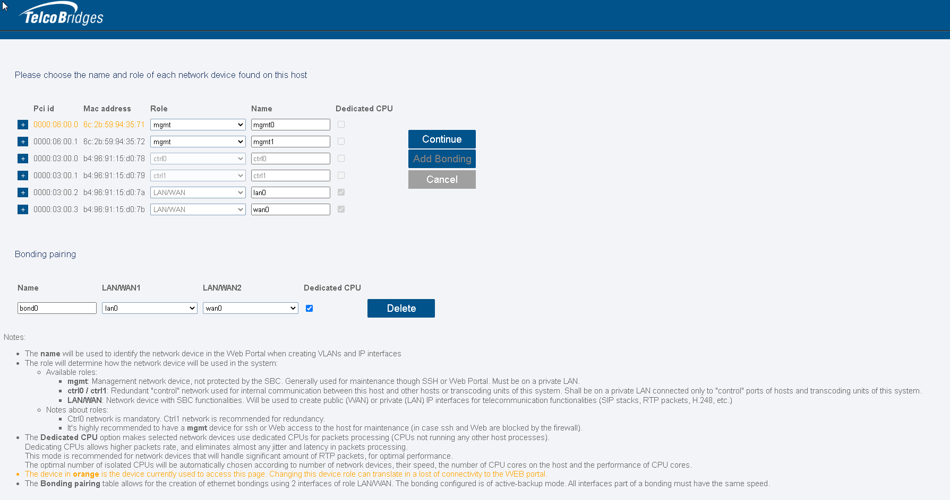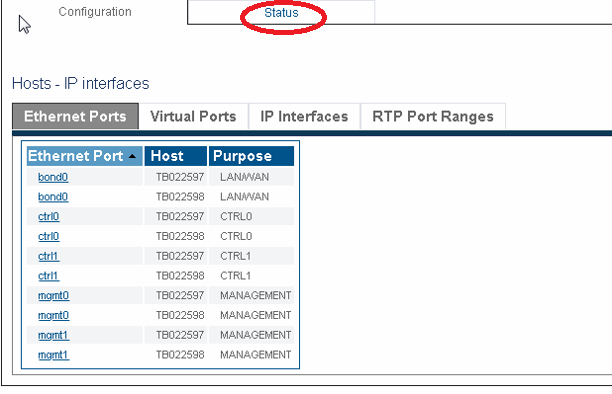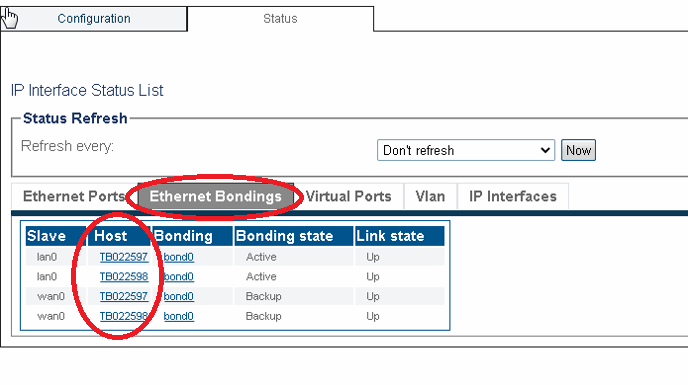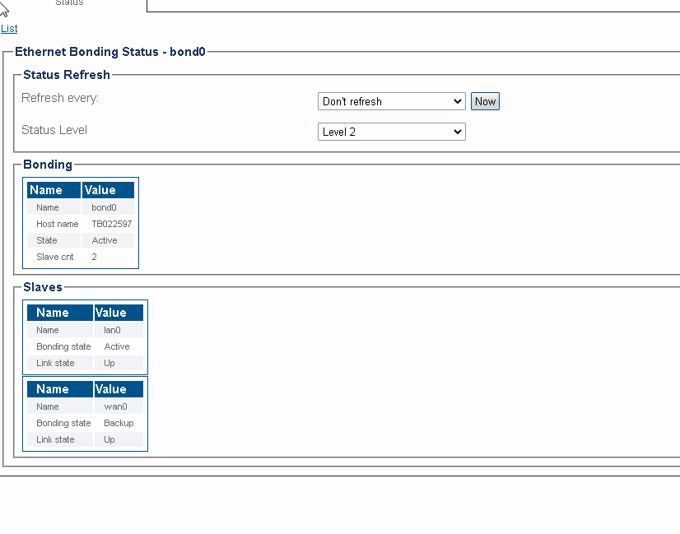Toolpack:Configure TMG7800 Ethernet Bonding A
From TBwiki
(Difference between revisions)
(→List of Parameters) |
|||
| Line 1: | Line 1: | ||
| − | |||
{{DISPLAYTITLE:Configuring Ethernet Bonding}} | {{DISPLAYTITLE:Configuring Ethernet Bonding}} | ||
| + | {| class="wikitable" | ||
| + | |- | ||
| + | |rowspan="2"|This article applies to: | ||
| + | |'''Product''' | ||
| + | |'''Version''' | ||
| + | |- | ||
| + | |Tmedia | ||
| + | |3.2 | ||
| + | |} | ||
Ethernet Bonding enables two Ethernet ports to be used as bonding pair. This ensures for a reliability of service. If the active port becomes unusable the other port in the bonding pair is used to transport traffic. | Ethernet Bonding enables two Ethernet ports to be used as bonding pair. This ensures for a reliability of service. If the active port becomes unusable the other port in the bonding pair is used to transport traffic. | ||
Latest revision as of 15:27, 24 November 2020
| This article applies to: | Product | Version |
| Tmedia | 3.2 |
Ethernet Bonding enables two Ethernet ports to be used as bonding pair. This ensures for a reliability of service. If the active port becomes unusable the other port in the bonding pair is used to transport traffic.
To configure Ethernet Bonding:
1. Select Hosts from the navigation panel.
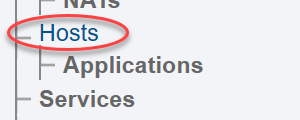
2. Select a Host from the Hosts Configuration list.

3. Click the Status tab.
- Select Change Network Devices Role.
5. A Role Configuration window is displayed.
- Set LAN/WAN role to the 2 Ethernet interfaces you want to bond.
- Click add bonding
- The bonding pair is displayed below.
- Give a name to the bond.
- For each LAN/WAN select the associated interface for the bond
- Click continue
To verify the Ethernet Bond:
1. Select IP Interfaces from the navigation panel.

2.The bond0 ports are shown.
- Click the Status tab.
3. Click the Ethernet Bondings Tab.
- Select a Host to view more details.
- An Ethernet bonding status window is displayed


